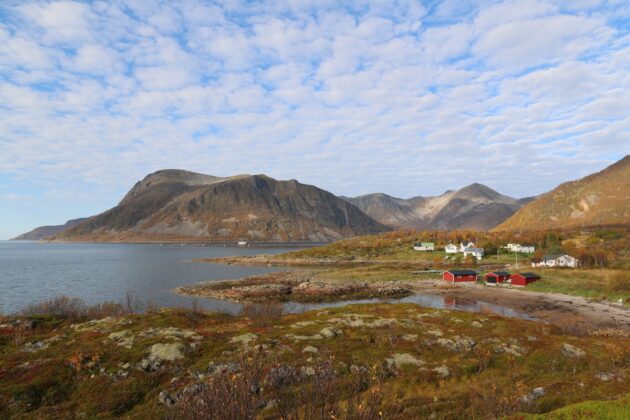Preparing the grounds for better planning of the coastal zone

In many municipalities, the coastal zone has become a significant arena where there are different and conflicting interests. Nofima has been given the task of finding how municipalities approach planning the coastal zone, and identifying what affects the quality of planning processes and the time spent on these.
There is considerable variation in how the municipalities have chosen to approach coastal zone planning, what they have done and how successful it has been. Nofima’s scientists have conducted in-depth studies of a selection of individual municipalities’ coastal zone plans. They have considered inter-municipal planning processes as well as a regional process and assessed a range of key issues in municipal coastal zone planning.
“Geographical challenges, the industry’s local structure, competencies the municipality itself has for planning and not least, the resources available influence how successful the outcome is,” explains Patrick Berg Sørdahl, one of the scientists who has mapped the status of Norwegian coastal zone planning.
Development by individual ordinance
One well-known challenge for several small municipalities is that they lack the skills and capacity necessary to create good plans. In large municipalities, with various interests involved, there is a struggle to agree on land use while the coastal zone plan is under preparation. Planning is often time consuming, and a number of the municipal coastal zone plans are of an older date. This leads to an increased use of dispensations, and creates a less comprehensive management of the coastal zone since development occurs by means of ordinances and establishments on a case-by-case basis.
The Ministry of Local Government and Modernisation (KMD) is the client for this research project, and aims to develop guidelines that will give municipalities the tools they need to meet the challenges that may arise during a coastal zone planning process.
“We chose some municipalities that demonstrate a wide range of planning practices, and we have selected four main themes that are essential in planning: impact assessments, participation and involvement, choice of types of plans and use of planning provisions.”
Sørdahl notes that Nofima does not give specific advice on how and what the municipalities should do; the report is a starting point for a future guide to coastal zone planning. Key to the report is that it shows the breadth of how the municipalities approach spatial planning, and illustrates some of the different challenges the municipalities must accommodate.
Production area partitioning
The Planning and Building Act provides some general requirements for how the municipalities should approach planning and what they must do, but the creation of a separate coastal zone plan is a voluntary matter. The coastal municipality of Gamvik in Finnmark, for example, has no coastal zone plan. However, municipalities that intend to allow fish farming within their coastal zone must have a plan allocating coastal space, either as a separate plan or as part of the municipality’s general spatial plan.
The municipalities will also be subject to regional guidelines for aquaculture. As of 1 October 2017, the thought is to divide the coast into 13 production zones. The purpose of this is to regulate the growth of the industry based on the environmental conditions in the area. The regime will be based on a traffic-light regulation, and will function as follows: green for continued growth, yellow for stable production and red for a reduction in current production. By means of this regulation, the aquaculture industry will have clear indications of where there is scope for the industry to expand or where they may need to reduce activity, something that, of course, the municipalities must also take into account.
Challenges
Due to innovations such as new technology, especially in an aquaculture industry that is in continuous change, it is very important that the municipal planning processes do not take a long time.
“What is not appropriate now may, in a couple of years, be very appropriate; so developing a planning system that is flexible enough to respond to the rapid development of the aquaculture industry is a great challenge,” says Sørdahl.
Fish farming is an important industry for many, and without a well-functioning planning system, there is a risk that potential establishments will be delayed and that development will be halted.
“Changing political policies are another challenge, and thus it is also important that the plans are finalised and adopted within a municipal period,” he points out.
Through inter-municipal collaboration, competency and capacity challenges in the planning process may more easily be handled and a more integrated coastal zone plan for a larger area can be achieved. But getting the plan approved still proves to be a bottleneck.
To avoid significant conflicting interests, which delay the planning process, it is important to facilitate participation and collaboration. The report says, among other things, that “greater transparency in the planning process may contribute to greater involvement of the population and thus greater legitimacy for the completed plan”.
Publication
Contact person
Topics
Coastal management
